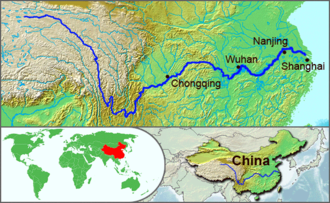The Unfolding Crisis of Toxic Towns in the United Kingdom
Introduction
As environmental issues gain increasing prominence in global discussions, the occurrence of ‘toxic towns’ has emerged as a significant concern in the United Kingdom. A toxic town is typically defined as a community haunted by hazardous waste, pollution, and detrimental environmental conditions that negatively impact the health of its residents. Recent events have shed light on several UK towns grappling with such crises, calling for urgent action and awareness among policymakers and citizens alike.
Current Events and Concerns
One of the most notable cases is that of Goldthorpe, a town in South Yorkshire. In recent months, reports surfaced about the alarming levels of contamination in the area due to historical mining activities and present-day industrial waste. Residents have reported various health issues, including respiratory diseases and skin conditions, which some experts link to toxic pollutants in the environment.
Similarly, the community of Knowsley has been highlighted for its struggles with air and noise pollution arising from nearby industrial facilities. Residents have expressed frustration and anxiety over the potential long-term effects on their health, particularly for children, the elderly, and those with pre-existing conditions.
Additionally, the issue of water quality has risen to the forefront in towns like Flintshire, Wales, where tests revealed dangerous levels of heavy metals in the local water supply. Such findings not only threaten public health but also pose a significant challenge for local authorities tasked with ensuring safe living conditions for residents.
The Call for Action
The emergence of these toxic towns has prompted calls for more robust environmental regulations and comprehensive health assessments from both governmental bodies and non-profit organisations. Activists are advocating for increased transparency regarding environmental hazards and the provision of resources for residents affected by contamination. Recent town hall meetings have seen a surge in community engagement, as residents voice their demands for accountability and improvement measures.
Conclusion
The significance of addressing the toxic town phenomenon cannot be overstated. As communities like Goldthorpe and Knowsley continue to battle the repercussions of pollution, it is imperative for local and national governments to take decisive actions. Proactive measures could include stricter compliance with environmental standards and investments in clean-up initiatives, which would not only improve residents’ health but also restore pride in these communities. The forecast for toxic towns in the UK hinges on a collective commitment to environmental justice and public health, necessitating a critical and engaged citizenry that advocates for change.









